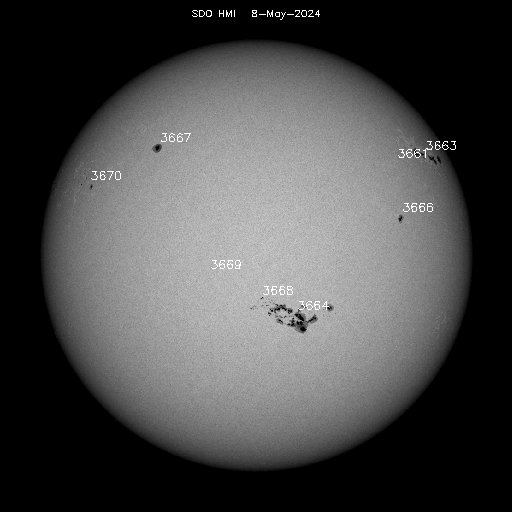The night sky is, in every sense, the greatest show on Earth. But Madrid, like all big cities, is not the best place to enjoy it… unless you come to ESAC.
The ‘observation campaign’ organized last Friday October 15 by the ESAC Astronomy Club was definitely a success, a true star party with about 300 people –including children- gathered around a dozen telescopes.

Atendees during the observation
Guess what was the most appreciated view in the night sky? The Moon! While the Moon is usually a nuisance for astronomers –its brightness makes the other celestial bodies more difficult to see-, last Friday it was highly admired: “The Moon is a great object for kids, and for all those who are really not used to see through a telescope”, says Eduardo Ojero, president of ESAC Astronomy Club. “People love to watch the magical terminator, the line separating the illuminated and the dark sides of the Moon, where you can see the long shadows of the mountains”. Jupiter, Neptune and Urano were also in display, as well as the M13 globular cluster, M31 (Andromeda's Galaxy) and M57 (Ring Nebula in Lyra).
ESAC Star Party participants during the observations
The king of the telescopes was Leo Metcalfe’s… 63,5 cm Dobsonian (25 inches). But the new telescope of the Astronomy Club, a Celestron 9,25 EdgeHD CGEM, also behaved wonderfully on its first public appearance. There were also other smaller scopes : a wonderful 40 cm Dobsonian, two 11 inches Celestron's EdgeHD, several Celestron 8 and Newtonian of 20 cm, a Takahashi 9 cm, etc.
The star party started at 19.30 with several presentations about ESAC, by Luis Sánchez, from the SOHO team; and about how telescopes work. Miguel Sánchez-Portal, a member of the Herschel team, also explained why sometimes it is necessary to send telescopes to space to collect radiation that gets blocked by the atmosphere, such as most of the infrared light, ultraviolet radiation and X-rays and gamma-rays. Eduardo Ojero then introduced the kind of objects that would be observed during the ‘party’.
“It was a wonderful occasion for everyone to learn and enjoy with the sky”, says Ojero. “Even for professional astronomers! We spend so much time analysing the scientific data that we sometimes forget what all our work is about!”.






